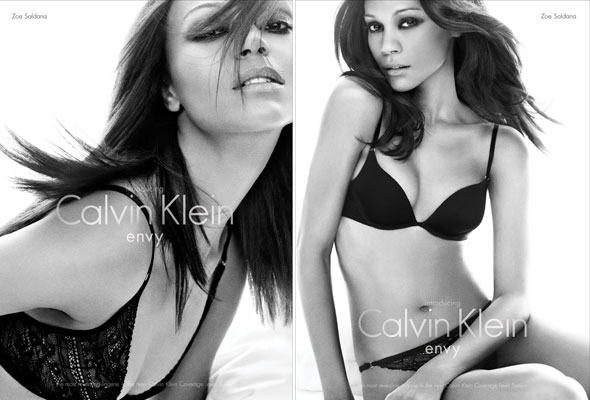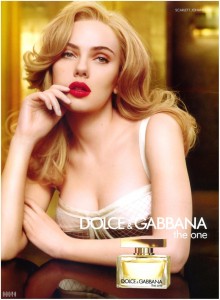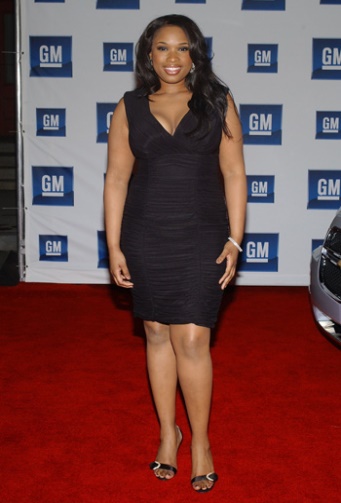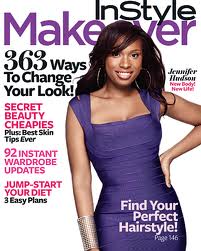A Calvin Klein lingerie advert, a Dolce & Gabbana ‘women’ perfumes clip, and a dieting weight-loss- advertisement in a classy women’s magazine have something in common. Most of these ads contain beautiful well-proportioned women models. You may wonder why we never see ordinary folks in adverts. Normal people can not fit the description of perfect stereotypes that expert ad designers have created in the minds of their target viewers.
Companies invest large amounts of money in the production of high-impact adverts aimed at boosting sales. They do not spend all this money on ads for your entertainment. Like ravenous predators they exploit human vanity. They are experts in matters of emotion and know how to attack and weaken self-styled people’s resolve with subtle but repeated advert displays until the poor woman is completely sold to the idea. These sly experts are out to persuade you to buy their products and they succeed in doing so.
Looking at Figure 1; the first thing that captivates the beholder is not the black underthings the model has on. It is her captivating beauty.

Every woman would like to be beautiful. The ad capitalizes on the knowledge that women are envious of other women. It has been found that women ogle other women more than men do. At the back of their minds the envious question is: “how can I look better than that one? What is her secret? If her secret is Calvin Klein lingerie then I will buy them!”
With what measure does one use to conclude that lingerie fits some types of women better than others? Who said that successful women are slim and compact and apply certain deodorants that set them apart from their voluptuous sisters? What makes an otherwise healthy athletic woman choose to diet? The secret lies with the shrewd advertiser whose business is to read the minds of women.
A successful advert can be analyzed using the analogy of an iceberg. To the unwary eye the ‘tip of an iceberg’ which is usually about one percent of the iceberg belies what is under the surface. Before coming up with an advert, a lot of research is done on the targets the advert is aimed at. Producers have a retrospective knowledge about ‘the woman’ they want to portray in the advertisement.
The tip of the iceberg can be likened to a high-definition portrait of a model. The whole iceberg (advert) includes well-researched information about the cognitive aspects of a woman’s mind.

The first contact with the advert in Figure 2 shows the observable features of the icon the advertiser wants women to associate themselves with. (Hollywoodteen.com, 2009) Those easily impressed will believe that all women should look like this model in terms of size, complexion, attire, perfume and nutrition. This is just the tip of the iceberg.
A deeper meaning of the advert develops from looking at the waterline. This is what Francesco and Gold call “the expressed values level” (2008 p19). This is the level where the ad designer preys on potential customers’ emotions.
The cautious ad designer wants the mesmerized observer to muse about how a slim woman feels about herself, how a beautiful woman feels when wearing certain lingerie, how sexy and fresh a certain type of a woman feels when she applies a certain perfume. If a star like Zoe can feel proud to be associated with Calvin Klein lingerie few women on this earth can resist wearing bras and panties carrying the Calvin Klein brand!
Finally the cunning ad designer will use what Bordo, in her essay Hunger as an Ideology refers to as “subtext,” and “sublime coding” to create in the minds of those who view the advert as the notion “this is the way to live.” (Bordo, 2003) A catching advert may create a fashion stereotype that other women consciously or unconsciously worship. This idol fits the “basic assumptions” hard-wired in womankind. This encompasses shared ideas and beliefs about ladies’ experience with lingerie, perfume, food and other ‘woman’ things.
The findings that the human female is impressionable and can easily be made to imitate other females who appear better; explains why every hairstyle successful women like Tyra Banks or Sara Pallin adopt, become instant hits. A woman feeling ‘lesser’ will feel at par with an icon she admires if she could buy and use an item; be it a perfume, lingerie, or food the icon uses.
A woman on the weighty side of the scale cannot just diet for the sake of becoming healthier. For motivation, she probably has imprinted in her mind; a before and after picture of a model. (Wendy 2010) Most likely from an advert, she saw in a classy magazine.


Using persuasive techniques and deceptive strategies visual media can penetrate the core of a person’s subconscious; making people cultivate believes and attitude that shape behavior. It takes hard work for those models to attain the shapes we see. Apart from exercise others undergo plastic surgery. Like other human beings, they crave food and other basic human needs.
Savvy consumers have learned to take adverts with a pinch of salt. But no matter how hard we may try to block off adverts by ignoring them, somehow innovative ad designers will get the better of us by producing exceptional pieces of art even if it is once in a while.
Works Cited
Bordo, Susan. “Hunger as an Ideology”, Unbearable Weight. (2003) University of California Press.
Francesco, Anne M and Gold Allen B. International Organizational Behavior, 2008 Pearson Education One Lake Street, Upper Saddle River, NJ, USA.
“Scarlett Johansson.” Figure 2. 2009. Web.
Wendy. “Jennifer Hudson Weight Loss: Before and After Weight Watchers’ Pictures. Figure 3/4: American Idol, Music Stars. 2010. Web.
“Zoe Saldana in Envy Calvin Klein Ads,” Figure 1. 2010. Web.